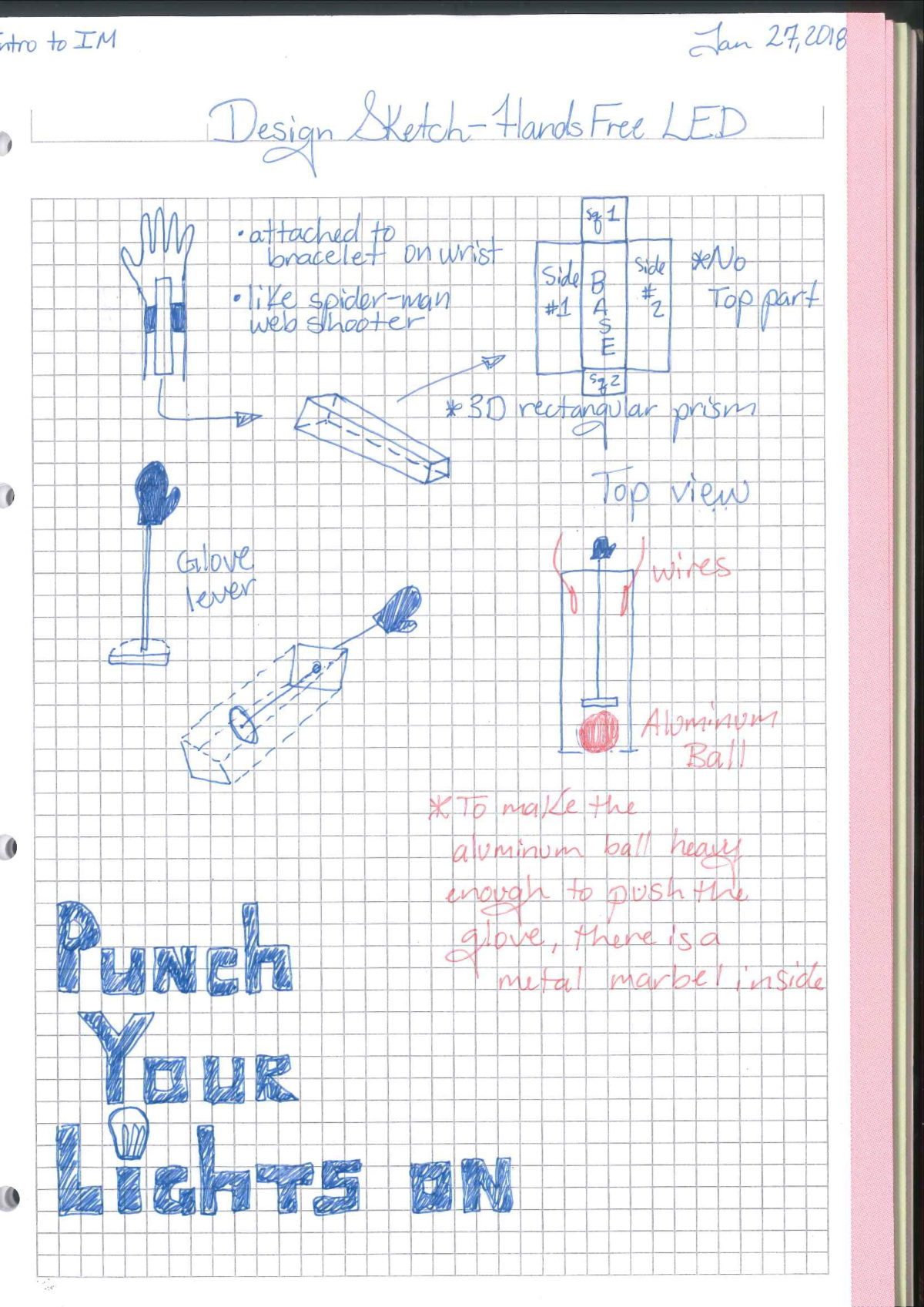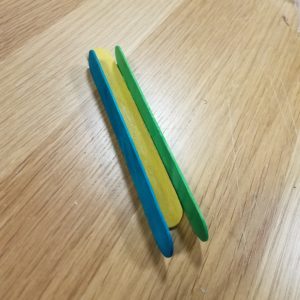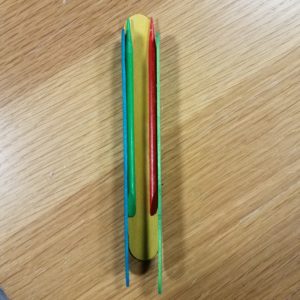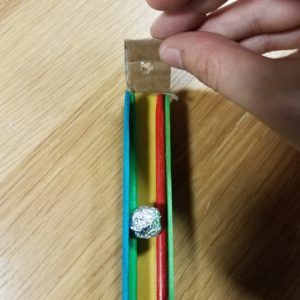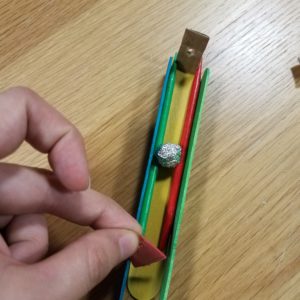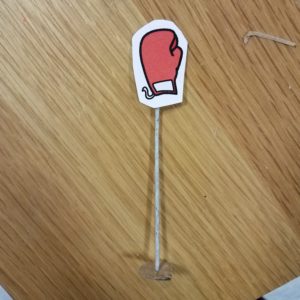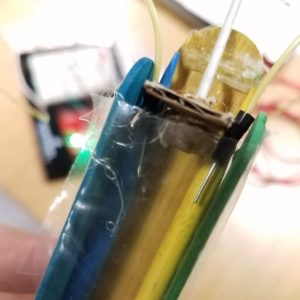I’ll put examples we do in class every week up on github here: https://github.com/aaronsherwood/introduction_interactive_media
Month: January 2018
Circuit Diagrams Week 2
Digital Write Circuit (330 ohm resistor by LED)

Digital Write & Read Circuit (10k ohm resistor by button)
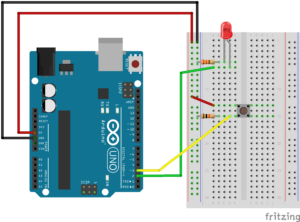
There Are No Electrons – Response
In the rather lengthy piece by Ken Amdahl, the concepts of electronics are explained in an interesting and engaging manner. As a novice, I know close to nothing about charges, voltage and resistance. Also, as a more arts driven person the jargon that is presented in textbooks often bore me. Therefore, Amdahl’s work has great value. As the ‘About This Book’ section of the text states, “their minds were alert and engaged by all the fun… therefore receptive to learning anything”. Although long and often ‘dragged’ on, the piece is able to engage its audience and encourages the understanding of concepts rather than memorization. By being able to understand the concepts I believe that one would be able to more effectively work with electronics, no matter the theory one uses to explain it. Thus, the piece is evidently extremely valuable, as well as fun to read.
Assignment 1
While looking through the junk shelf, I found a tennis ball and something that looked like a cardboard cylinder cut down the middle. I had no idea what I wanted to make but I decided to use them as my materials.
At first, I thought I could cut make a cardboard box and balance it on the semi-cylinder so my tennis ball can roll down. But after spending 20 minutes making a cardboard box, I found another (already-made) box-like thing. So I replaced my wonky cardboard box with the sponge box. Then I put copper tape around the tennis ball and on the middle of the slope.
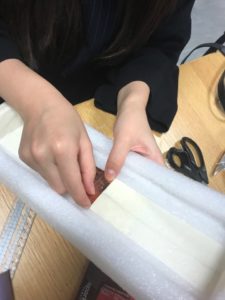
Just as I thought I had finished, I started changing the position of the wire. Others working in the same room told me it looked fine but I decided to spend more time on it by taking everything apart and substituted the copper tape on the box with aluminium foil between and on the box. Later, paper tape was applied to create 3 conducting spots on the box. Lastly, after being unsatisfied with the angle of slope over the weekend, I flipped the semi-cylinder and stuck the box on the other side.

And here is a video of the finished product.
There Are No Electrons – Response
Frankly, as someone whose experience with Physics ended more than two years ago, I was glad that I wasn’t asked to read 40 pages packed with technical information about physics. After reading the ‘About This Book’ page, I became curious to find out why this book was rejected so many times that the author had to start his own publishing house to get this published.
A few pages into the reading, when I read how he explains what a jargon is, I thought it would be nice if my 13-year-old brother read this. Also, I felt that this was much better to read at 7am than the Genocide Convention. However, when I realised that it took 18 pages to introduce the concept of electron, proton and charges, I began to think that I might be wasting my time. As the knowledge couldn’t be separated from the stories and analogies, I ended up reading the entire page, only to find Amdahl say “You don’t need to know any of this to study electricity. I just thought it was interesting.” – I felt almost betrayed.
Although it did not provide me the amount of knowledge I had expected, I still think Amdahl’s attempt to write a book that allows people to learn without effort was meaningful. Reading it really did not require much cognitive activity other than making sure that my eyes stay on the page and it may be suitable for a different readership.
After all, he did say “Don’t mistake your watermelon for the universe” so I would like to think that it’s the thought that counts.
Week 1 project
For this assignment (to make a switch that works without using hands) I quickly came upon the idea of using breath, specifically blowing on a piece of tinfoil. Luckily, I found that if a bent a piece of tinfoil at about a right angle and blew on it it would change the angle and then return back to the bent position. After some initial testing that holding the two wire ends and blowing the tinfoil into them would complete the circuit, I built a small frame to hold it all together. I took a piece of cardboard and affixed a section of tinfoil to it, and then bent the tinfoil at a smaller angle so that it was about an inch above the cardboard. I then poked two holes through the cardboard, and pushed the wire ends through these holes so that their ends extended about a half inch past the cardboard.
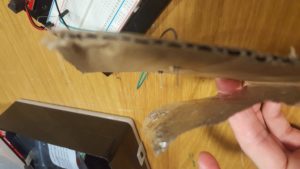


There Are No Electrons Response
I strongly disliked this weeks reading, There Are No Electrons. The author, Kenn Amdahl, begins the book by explaining how he wanted to create a more engaging, memorable textbook by adopting narrative strategies from the likes of Star Wars. This concept, while admirable and even seemingly promising in theory, is executed poorly through the remainder of the assigned chapters. Amdahl constructs a series of long-winded, broken analogies for electrical concepts, centered around the fictional Greenies — small, green humanoids with a love for concerts and parties which drives them into stampedes which power our electrical devices. Most of the content of these stories is absolutely unnecessary, and fails to add any interest to the concepts that Amdahl is trying to convey. Where a simple analogy to a ball rolling down a hill would suffice, he provides a long story about Chuck Berry, rock concerts, and the “need-to-party”. Worse, his focus on disputing electron theory often distracts from the concepts he is trying to express, and is founded on shaky arguments. Near the end of the passage, he claims that he wrote the book because he couldn’t get a current to flow between two batteries. In other places, he seems to criticize parts of electron theory for being unintuitive. His comparison between modern science and the Spanish Inquisition also seems to discount the vast amount of experimental data which has thus far shown to be remarkably consistent with current theories and forms the basis for any belief in them.
There are no electrons
I found the excerpt an interesting read and there is definitely a lot one can learn about electricity. The analogies and humorous tone such as questioning why the farmers in Greece would want to rub their sheep with pieces of amber in the first place makes it much more interesting.
The book is targeted towards the younger audience as it creates an atmosphere that would allow children to enjoy the book and this is what the author wants. However, it seems to be targeting the more younger children rather than the preteen/teen age children which I think is not enough to really create an impact in educating the youth about electricity and giving them a better understanding of it.
I’m going to massage your back.
Well, my initial idea was to make a glove trigger so that when you clench your fists, something will switch on. So I just connected the motor that was given in our sparkfun kit to the redboard and switched it on. It wasn’t staying still for the movement, so I put two regiform pieces on the side of it to keep it stable. Switching it on, I then realized what a good massager this was. Playing with it for a while, I changed my idea from an, “Iron Man” type glove trigger to a back massager. This is what my initial prototype looked like:
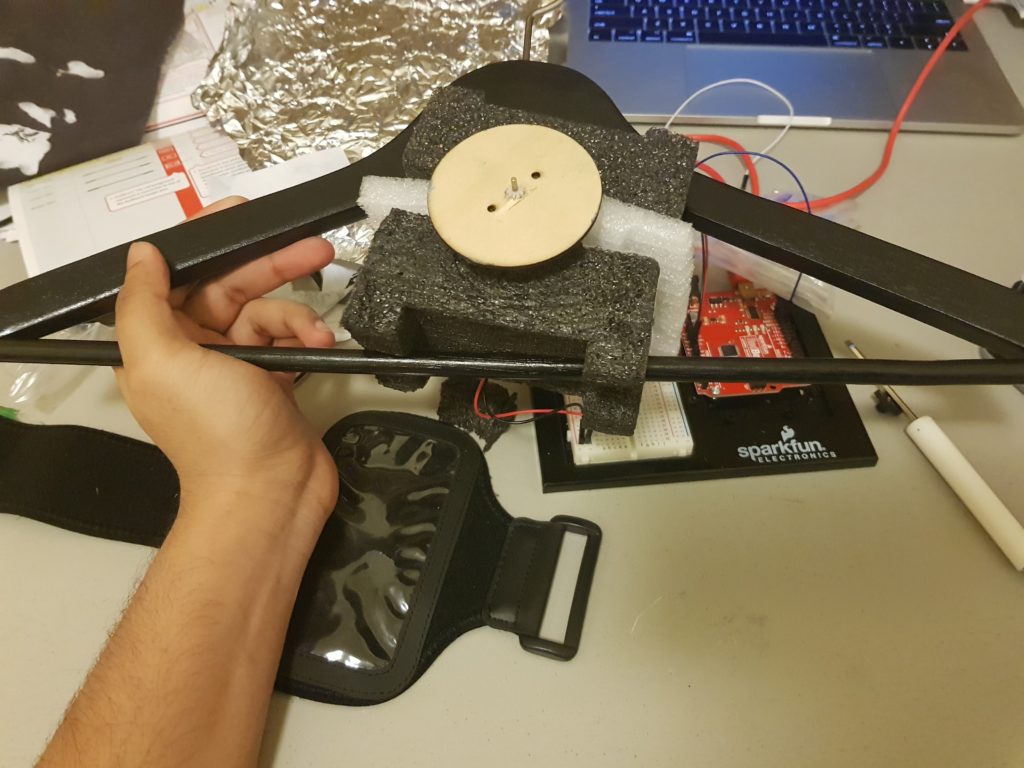
The hanger would aid in keeping it stable on the chair like this:
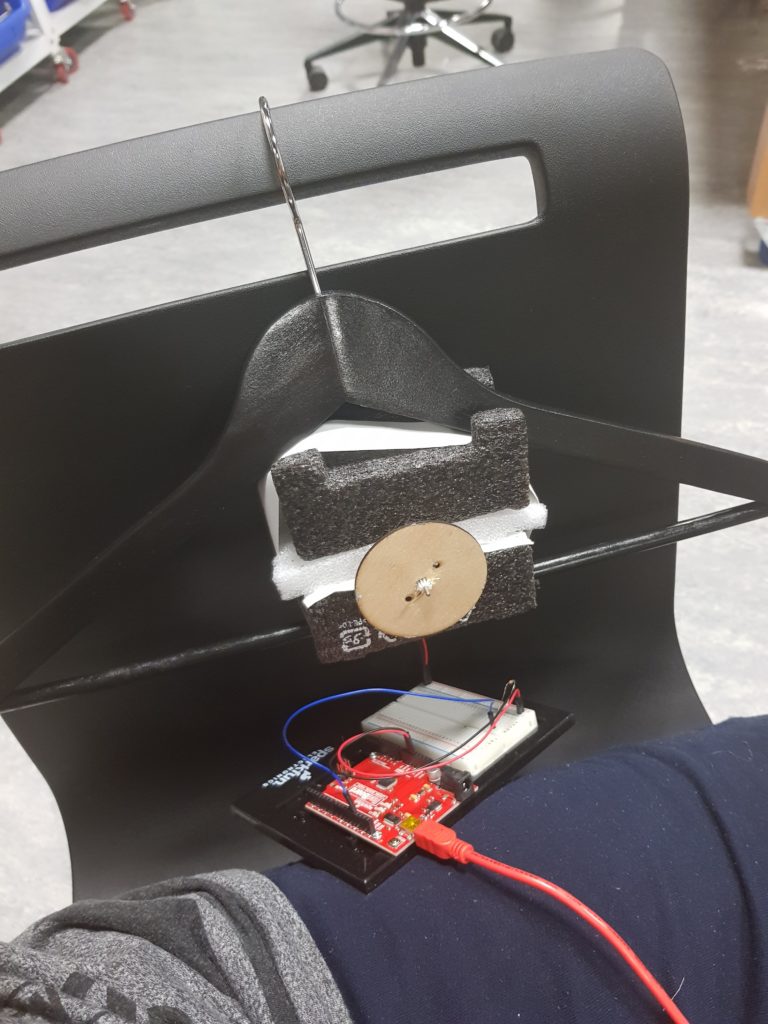
I had to find a way to cover the motor so that people don’t get their backs drilled instead of massaged so I did this:

Here’s a video to demonstrate the amount of vibration it makes.
I needed a method to make it switch on when someone lied on their back in the chair so I made this with some foil that connected the wires to the motor:
And now, the final product on the chair:
Punch Your Lights “On”
Brainstorming and Design
When we were first assigned this project, I knew I wanted to have a play on words. Since the assignment required that we not use our hands to activate the light, my first idea was to have a pair of handcuffs used in order to complete the circuit and light the LED, but I thought that idea was too simple. (I also could not procure a pair of handcuffs in time for the assignment)
And so my next idea sprung from the phrase “Punch your lights out.” I figured I could do a play on words by activating an LED light by doing a punching motion.
And so my idea was born.
Above you can see my sketches for the design. It was a bit Spiderman inspired, as I knew I wanted a gadget specifically on the wrist that would activate the light by doing a punching motion; this is similar to Spiderman’s flicking motion in order to make web shoot out.
Building Process
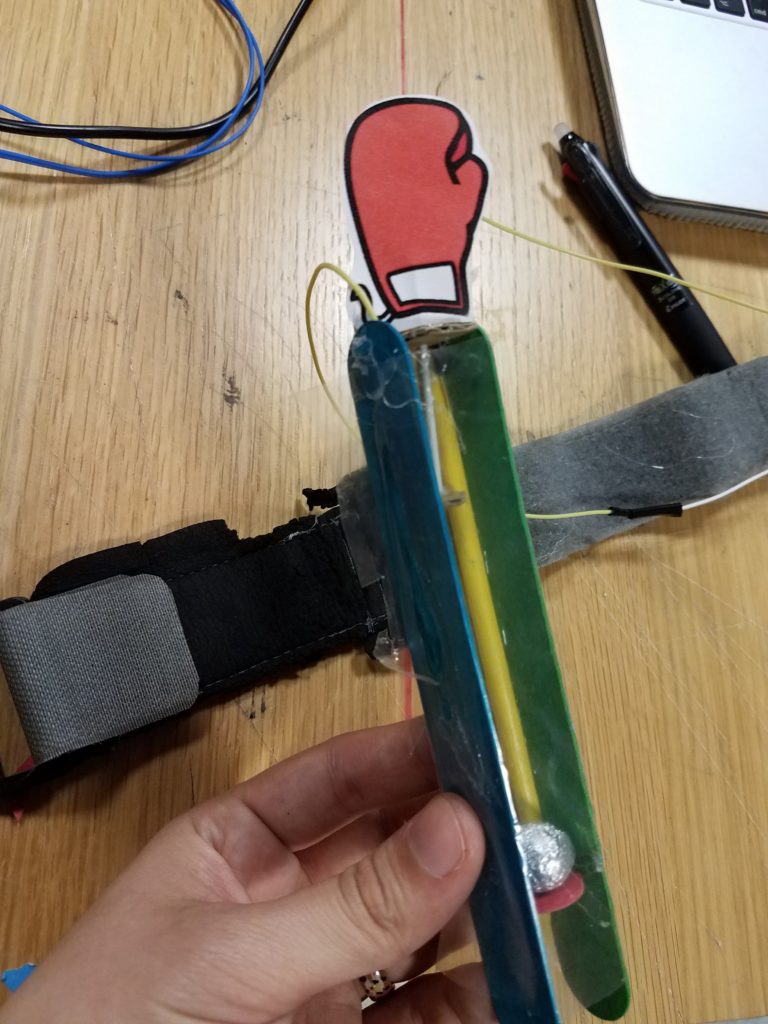
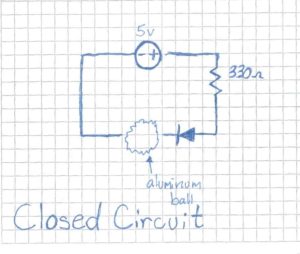
Final Product
Here you can see a completed product being used in order to light the LED.

